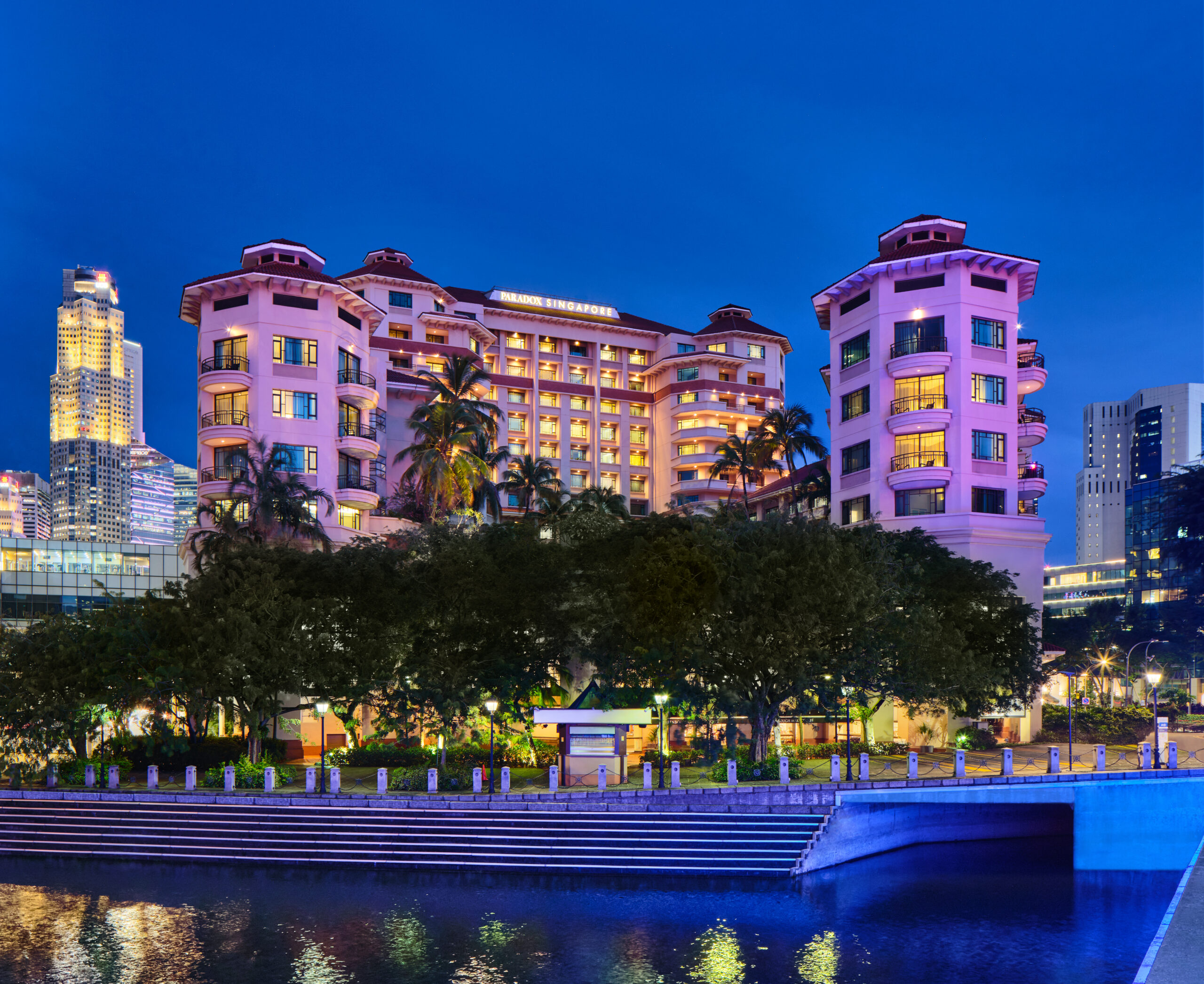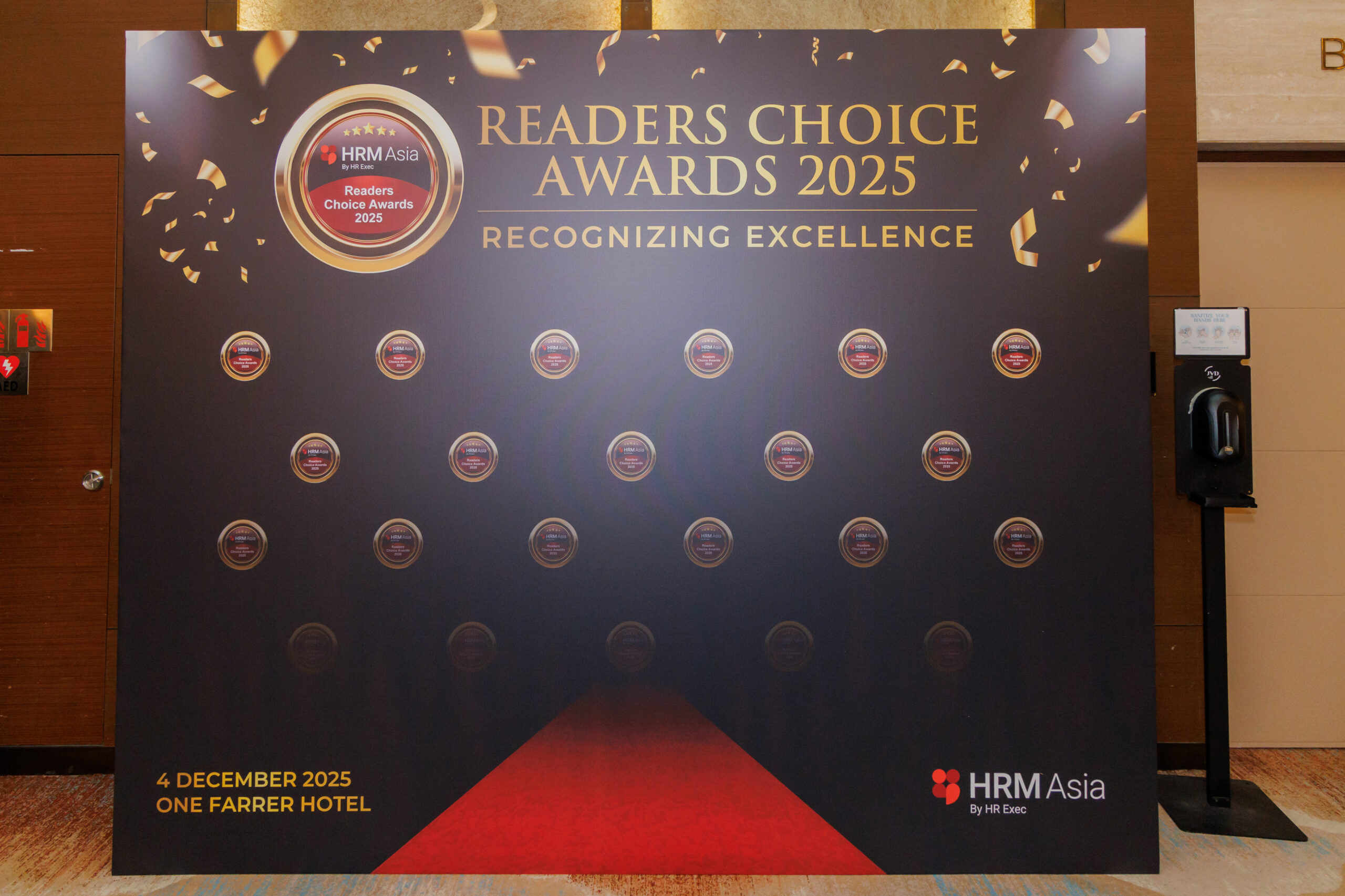Creating a successful approach to flexible work
- Shawn Liew

As employees continue to seek more flexibility in managing work and life, organisations will continue to redefine their remote and hybrid work strategies in 2023.
High-performing organisations, however, are those who see beyond hybrid work design to provide employees with the flexibility to effectively manage their work and life requirements.
For flexible work to succeed, organisations must communicate with employees to create modernised policies that set clear guidelines about how, where, and when work is done, eliminates proximity bias, and allows all employees to produce their best work.
HRM Asia spoke with organisations around the region to get their insights on how flexible work will shape up in 2023 and how they are successfully implementing flexible work strategies in their own organisations.
A central theme emerged: For flexible work to be successful, a people-centric approach, supported by technology, must be a key focus for employers in 2023.
Read on to find out more…
The rise of the flexible career experience

Rob Squires, VP and Head of Sales, Asia & Japan, Ceridian, “Ceridian’s annual Pulse of Talent survey found that 94% of workers in Singapore have experienced burn out in the last year and 70% are looking for something new – up from 61% the year before.”
“The global pandemic has brought about a fundamental change in how people view work. Our survey found that work-life balance is second only to compensation as the attribute most valued by workers. The companies that retain and attract top talent will be those that prioritise flexibility.”
“Today, flexibility doesn’t just mean letting employees choose where, when, and how they work – though that is important. Today’s workers also want flexibility in their careers. Employers need to create strategies that allow workers to move into new roles and learn new skills across the organisation, not just up the corporate ladder. To do that, companies must understand their employees’ aspirations, deliver personalised career development plans and training opportunities, and embrace internal mobility by providing mentorship and opportunities in new departments.”
“97% of workers in Singapore told us they have felt stuck in their roles over of the past year. To retain employees and build an engaged workforce, companies will need to help people move beyond that feeling by embracing flexible career paths.”
Adaptability and employee wellbeing key for flexible work

Anjali Byce, Chief Human Resource Officer, STL, “The work environment has undergone some profound changes in the past two years and 2023 will be the year of resilience and agility coupled with harmony. Business leaders and employees have discovered new ways of working, some of which bring about greater productivity, higher morale, and better work-life balance. The key theme in the coming year will be adaptability, as businesses balance return-to-work policies with the need for hybrid, flexible working.”
“At STL, our return-to-work policy has been aligned to closely reflect business demands, while also factoring in the emerging needs of employers as we move towards a so-called ‘new normal’. We launched an initiative called People First, which empowers managers to address key ‘moments of truth’ throughout an employee’s lifecycle, giving a voice to their own unique needs and challenges. The company has also expanded its employee assistance programme globally to include employees and their families, maximising wellness while offering flexi-holidays to facilitate greater work-life balance.”
“Workplaces in 2023 will need to place greater emphasis on employee well-being after a period of intense disruption. Their technology, culture, and how they manage people will all play a fundamental role in making that happen.”
Singtel creates better work-life balance with B-WoW
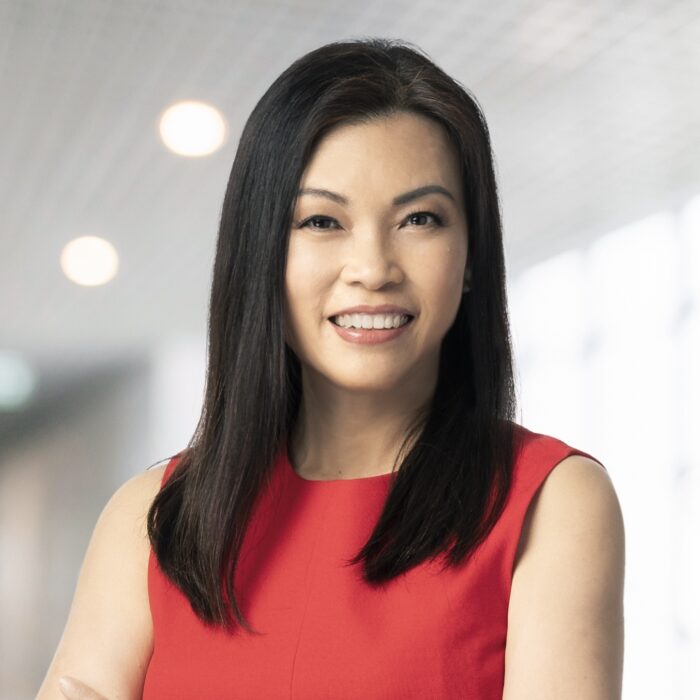
Aileen Tan, Group Chief People & Sustainability Officer, Singtel, “Through our Blended Ways of Working (B-WoW) policy, teams are empowered to create mutually agreed-upon schedules that allow them to strike a good work-life balance without compromising productivity, collaboration, and team camaraderie. We are heartened that over 90% of our people shared in a recent poll that this hybrid work model has given them better work-life balance.”
“In implementing flexible work practices, it is critical to ensure effective communication and expectations within and between teams. To do so, we developed a set of tools and guides to help employees and managers facilitate discussions on work arrangements, indicate the days we are onsite to conveniently coordinate physical meetings, and enable other hybrid work requirements. There is also a need to ensure that all our employees feel connected, and we do it by embedding the shared group purpose in our day-to-day work.”
“This year, we will continue to refine our flexible work arrangements, taking in the learnings from our current implementation. This includes providing more guidance on the type of events such as ideation and team building that require our people’s physical presence for optimum results. We will also see how we can give teams and individual employees more control over their schedules and explore ways to foster a stronger sense of belonging and co-create a workplace where our people feel cared for no matter where they work.”
APB takes holistic approach to flexible work
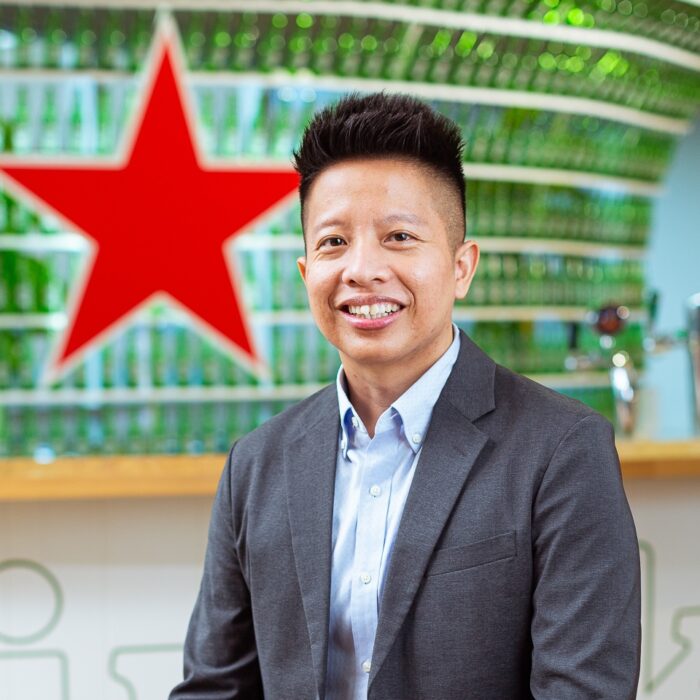
Shaun Ee, Head of People, Asia Pacific Breweries Singapore, “Flexible work has been a key workplace strategy for Asia Pacific Breweries Singapore since 2020. Implemented during the pandemic to facilitate remote working, it has become our new normal as we believe that a combination of working remotely and in the workplace improves our employees’ performance and well-being.”
“Today, our people work remotely up to two days a week, leveraging on our enhanced digital capabilities and technology to communicate effectively with one another; while spending the rest of their workweek in the workplace fostering a culture of belonging since physically connecting is part of who we are and how we work as Singapore’s leading brewery.”
“Flexible work will continue in 2023, especially as the focus on work-life harmony remains. To be a successful workplace strategy, flexible work must be accompanied by a holistic offering of initiatives that support employees, such as the flexible working hours at APB Singapore that enable our people to juggle both work and home priorities. Coupled with a variety of resources that help manage our employees’ workloads, such as task and meetings management, such initiatives assist our people in transitioning into the weekend where they recharge.”
Technology and people key for flexible work: Telstra
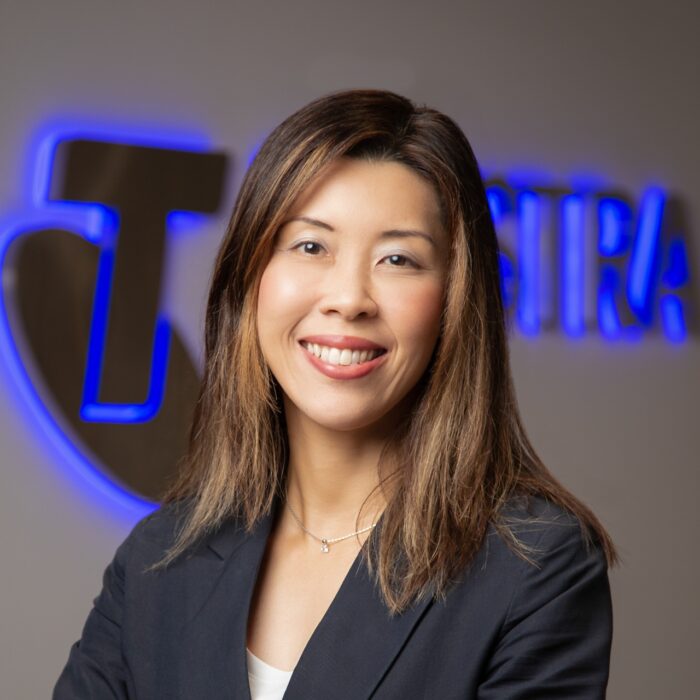
Geraldine Kor, Managing Director, South Asia, Telstra, “At Telstra, work is a thing you do, not a place you go. Our approach to hybrid working remains the same. Our All Roles Flex policy supports our people to work where, when, and how they are the most engaged and productive. We know people are at their best when they have choice. In our 2022 research, 76% of employees surveyed across APAC advocated for more flexible work arrangements, indicating that hybrid work is here to stay.”
“As APAC businesses gear up to shape their hybrid work environment in 2023, they need to understand that both technology and people play a critical role in enabling this new way of working. When employees are empowered with the right tools and capabilities to work from anywhere and feel a sense of comfort, organisations can better retain and attract top talent.”
Flexible and supportive culture a top value proposition for employees

Richa Gupta, Chief Human Resources Officer, G-P, “Today’s employees are progressively focused on how they want to live their lives and connect with their family, friends and outside interests. Therefore, more companies are going to focus on how to help employees discover the best way to fit work into their life.”
“Flexibility for employees will increase far beyond what we’ve seen already post-pandemic. Not just the ability to work from home, but the ability to adjust the quantity and timeframe of that work. More employees will seek greater autonomy by making their work schedule fit with their life. For some, this may fully eliminate the traditional 9-to-5, Monday-through-Friday work week. This can benefit the employer and employee alike, so long as there are clear productivity and performance expectations in place.”
“Another consideration of this hyper-personal phenomenon of work is the increased emphasis on mental health. While more people want to work autonomously, it also risks removing boundaries where boundaries are actually useful. For example, the modern worker may need to be reminded more often by managers to clock out and take breaks, and they will likely benefit from more candid conversations around job satisfaction and career goals.”
Finding the right balance for workplace flexibility
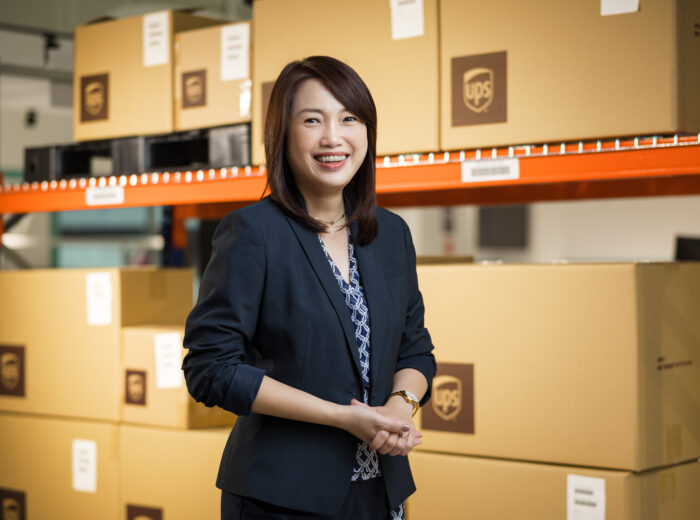
Tanie Eio, Vice-President of Human Resources, Asia Pacific, Middle East & Africa Region, UPS, “Major organisations are already in full hybrid mode, with several of them having a fully remote culture. Companies may find it harder to attract and retain talent if they don’t offer some form of flexible work arrangements because the past notion of productivity being pegged to the time you spend in the office is no longer valid.”
“UPS has adapted our working practices because we wanted to respond quickly to our employees’ needs while also balancing that against what makes our organisation unique – the energy and spark we get from being around each other in the workplace. We have embraced a permanent hybrid working arrangement as of 2022, where employees whose roles allow them to work remotely can do so two days a week, with the opportunity to discuss alternative arrangements with their manager because we recognise there is no one-size-fits-all working arrangement.”
“For the full benefits of flexible work to be realised, organisations need to provide eligible employees freedom within a framework. This includes sketching out the parameters on how to manage their time and working environment, providing guidelines on carving out opportunities to manage performance, and tips on how to interact and stay meaningfully connected with their colleagues virtually.”
Transforming work for a more global and collaborative future
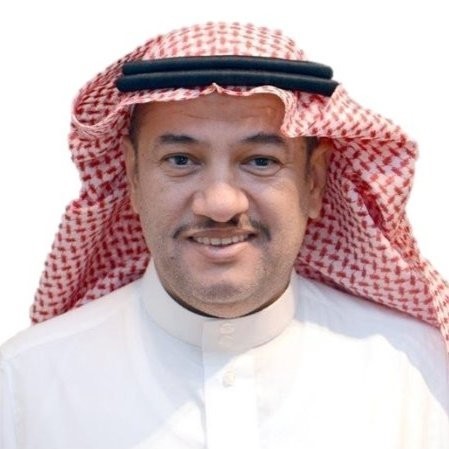
Mohammed Al-Nafea, General Manager, HR MEAF & Asia Regions, SABIC, “Flexible work at SABIC in the emerging ‘post-pandemic’ context have pressed home the importance of the intangible elements of a working life – aspects like employee happiness and morale, health and wellbeing, a sense of engagement and connection with our work and organisation.”
“Through our New Norm initiative, we have been transforming the way we work to prepare ourselves for a more global and collaborative future. We have embedded flexible working benefits and a global work-from-home option for employees, which is periodically reviewed for its impact and relevance. Our ambition is to create a consistent culture of care and elevate the mental, emotional, physical, and financial wellbeing of our employees. We engage and listen to our employees through various available platforms, as this directly helps us maintain trust and a feeling of family.”
Creating consensus for flexible work by supporting employees

Joey Kwek, Head of Division, Human Resources & Corporate Services, Senoko Energy, “Employees are increasingly looking for greater flexibility and mobility post-pandemic. This, coupled with talent shortages across Asia Pacific means that companies will need to provide more flexibility in the workplace to stay ahead of the curve when looking at what is going to attract and retain talent. For Senoko Energy, as we prepare for the future of work, it’s about transforming the workplace to be more flexible, and supporting employees at the same time by providing them with the knowledge, skills, and experience that are most valuable for their roles.”
“With jobs in the energy sector becoming increasingly digitalised, we are seeing a growing shift towards remote and hybrid working models. This will require companies to equip employees with new digital tools and create an alignment on expectations within the organisation. However, as there will always be a need for on-site workers in the energy sector, leaders will need to adapt accordingly to ensure that the best people are retained, and employees continue to find value in their roles as more flexibility is introduced to the workplace in 2023.”
Creating a strong flexible corporate culture with technology
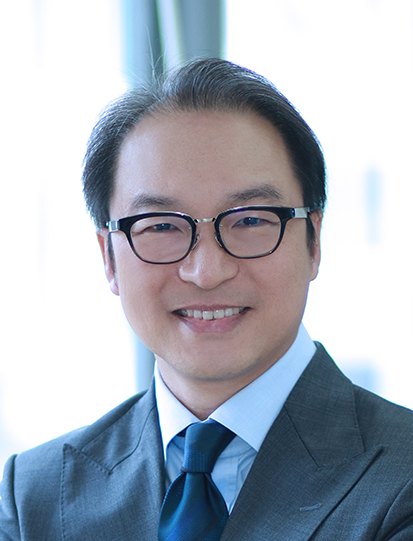
Andy Sim, Vice President and Managing Director, Singapore, Dell Technologies, “Dell Technologies has been a leader in the remote working journey, having implemented flexible work for over a decade through our Connected Workplace programme. Now, around 90% of our employees are productively working remotely or in a hybrid format, and we are not expecting the remote workforce to change anytime soon.”
“In fact, we can expect to see businesses ready to rebound with a flexible workforce through the multicloud. A successful remote workforce requires solutions that are aligned with their current cybersecurity strategy. From our latest survey, Global Data Protection Index 2022, 76% of respondents from APJ (excluding China) agree that their organisation has increased exposure to data loss from cyberthreats with the growth of employees working from home. To safeguard data in the hybrid workplace, organisations need to adopt a Zero Trust architecture as a foundation for a new level of data security and trust.”
“With today’s technology, we can create a do-anything-from-anywhere world, where work is an outcome rather than a place or time. As flexible work continues to be part of our strategy moving forward, technology will also play a vital role in creating a strong corporate culture anywhere, all the time.”
Applied Materials adopts role-based hybrid work

Tan Lee Sar, Managing Director, Human Resources, Asia Pacific, Applied Materials, “As flexible work develops in 2023, we foresee more companies going beyond better software or hardware, and actively implementing activities and programmes that enable a positive and compelling employee experience at the workplace.”
“Applied Materials is adopting a role-based hybrid work arrangement. For a company that thrives on innovation, there are significant advantages to working together as in-person communication is faster and ideas get better. Therefore, we are transforming our office to help our employees stay productive and collaborate when they need to be on-site.”
“Organisations that want to create successful flexible work strategies should consider a few areas. Employees must be equipped with the right technology that will help them perform their roles from wherever they are. Next, create office spaces that support collaboration and private spaces people can use when the task calls for it. Third, managers must also understand how to manage performance and engage employees in a hybrid work setting.”
“Most importantly, companies should consider the impact on culture and be intentional about the integration of new employees. The hybrid model may pose challenges to building relationships and impact a new hire’s time to productivity. Ensuring that there are opportunities to build connections through company-wide activities are key for on-going engagement and assimilation into the organisation.”
Over the coming months, look out for HRM Asia’s HR Leadership Series, which is the best resource destination for HR leaders as they navigate the trends and workforce changes that will shape the world of HR in 2023.
We also invite you to join us at HR Tech Festival Asia 2023, which is taking place from May 10-11 at the Suntec Singapore Convention and Exhibition Centre. To enjoy a special early bird offer, click here to register for Asia’s largest HR technology and workforce management event and be part of the discussion on how Asia’s HR community can successfully navigate the new paradigm of people and work in 2023!





